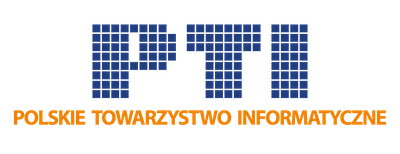
Polish IT Community Report 2025
is here!
This is the latest edition of the largest and most detailed survey on Polish IT. You'll find information about who works in IT, how they work, how much they earn, and what Technologiess they use. This year, we've added a section on mental health. In total, we’ve prepared 244 charts.

















The IT world is dynamic, but one thing remains constant – the more strategic and comprehensive the role, the more years of experience are required to achieve it. Statistics clearly indicate that the IT Architect position demands the most tenure, reflecting a long and demanding career path. It's a role for experts who not only thoroughly understand technologies but also foresee the future of systems, creating solutions that will function for years.
Project Managers and Product Owners hold the second position, showing that managing IT projects is no easy task and requires years of practice and experience working with technical teams.
At the opposite end is Data Science / ML / AI, which may have several reasons. First, it is a relatively new field, and secondly, the development of tools and process automation allows specialists to quickly acquire competencies that used to require years of practice.
An interesting trend is that Programmers have shorter average experience than IT Administrators and DevOps specialists. This may be due to a large supply of juniors on the market and more frequent job changes in programming, where new technologies replace old ones, and career paths are less linear than in system administration.
So, does the length of experience in IT matter? From this data, it can be concluded that not every role in IT requires decades of experience, but strategic and managerial ones do. Will long tenure still be crucial? Technological changes suggest that in the future, flexibility and the ability to learn will matter more, not just the number of years in the industry. Will these statistics look completely different in a few years?